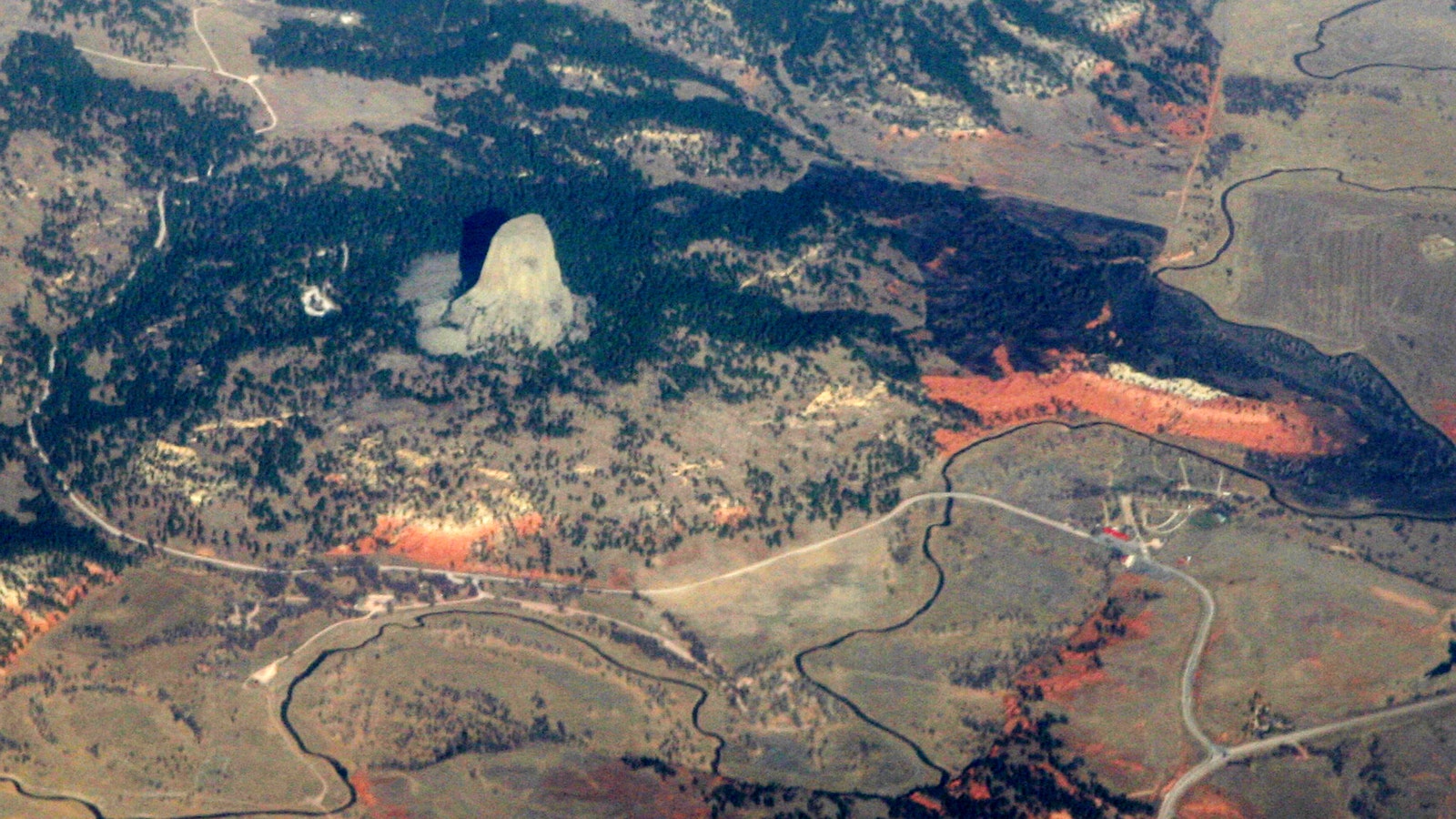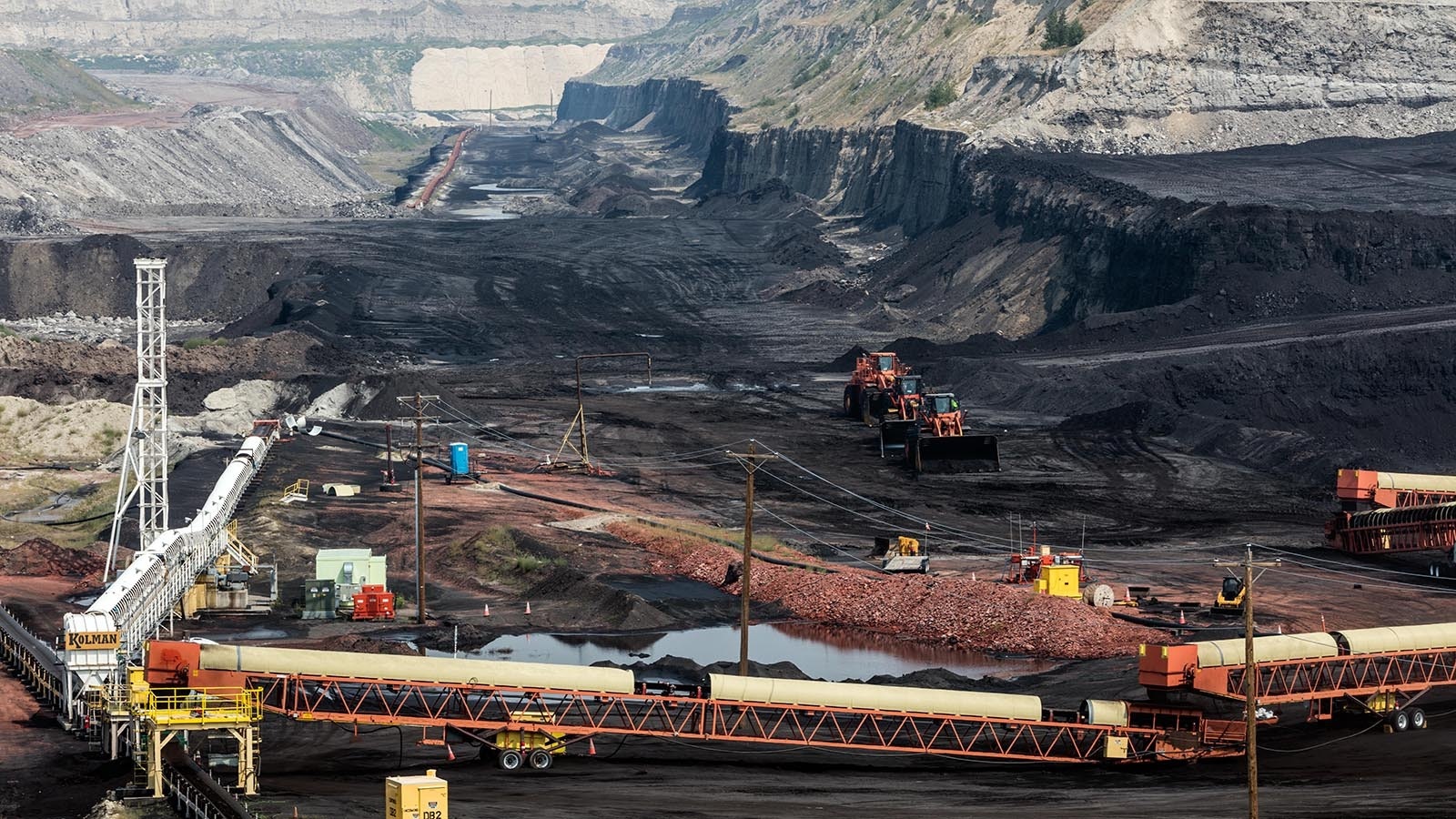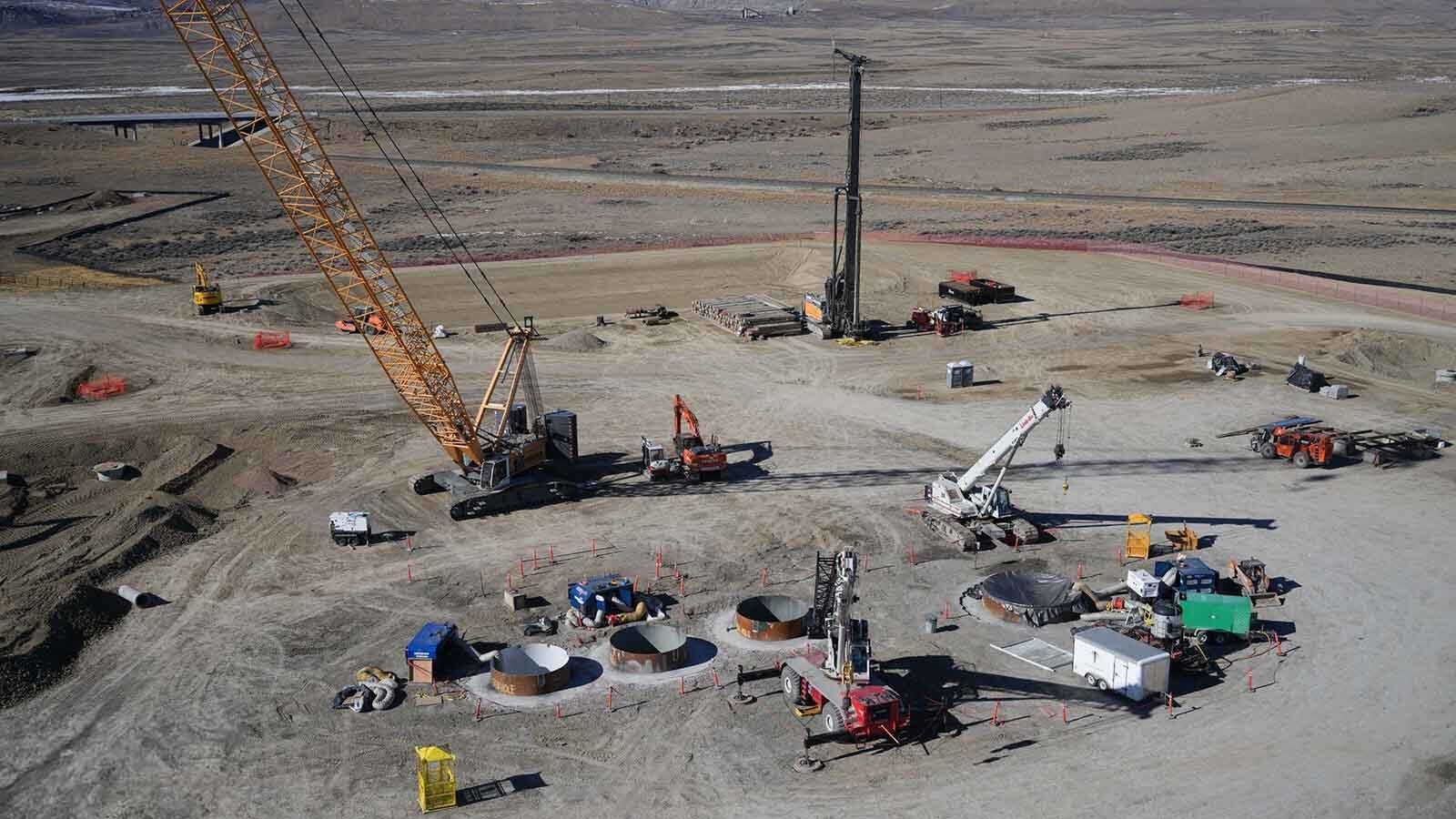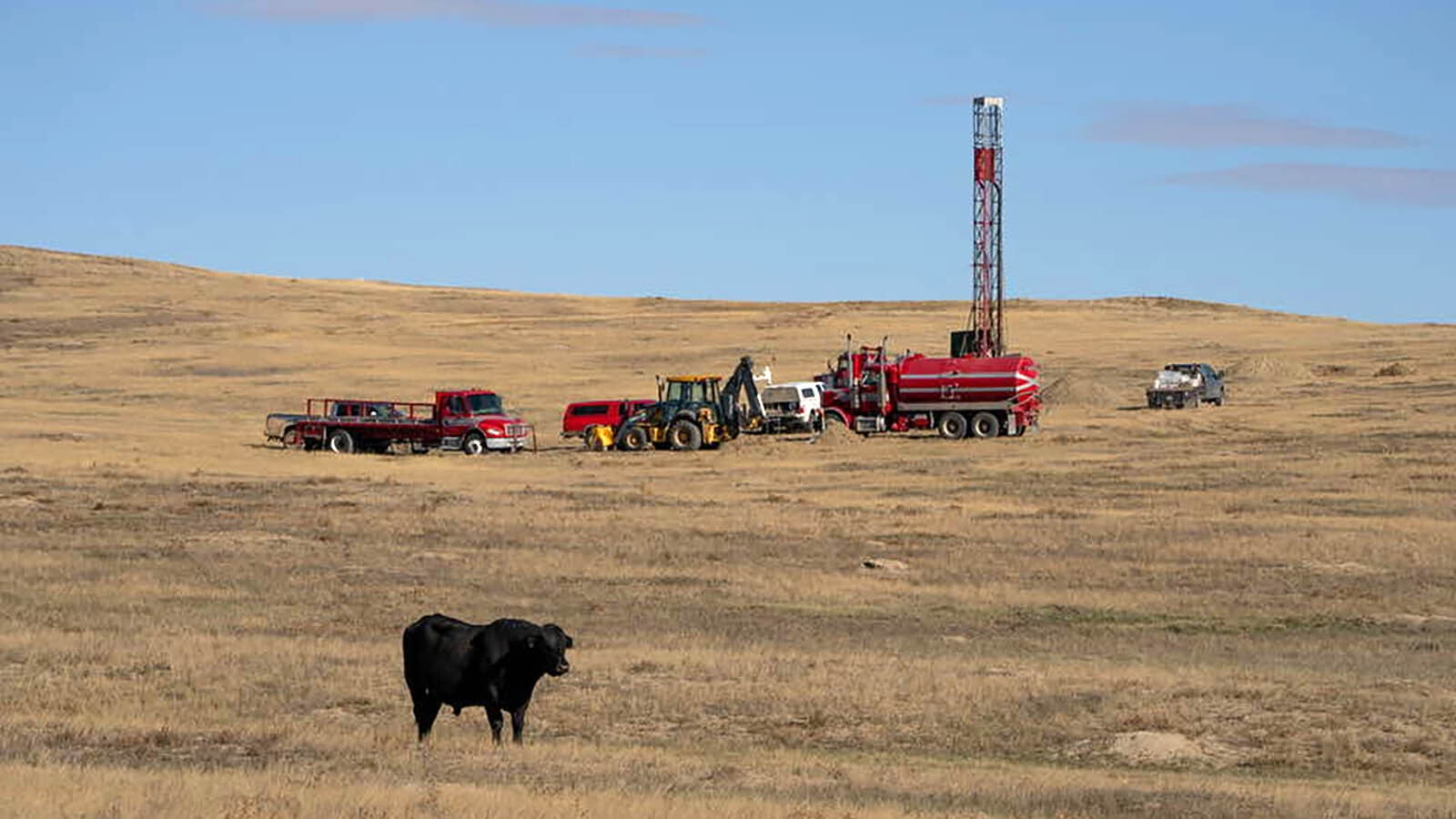Oil prices are doing a bit of a Tango right now — up on the stock market but down at the pump.
That may seem a bit counterintuitive, but it’s all part of a slate of competing concerns, as well as supply-demand pressures.
Oil prices took the equivalent of an electric shock Monday in the wake of Hamas launching a surprise attack against Israel before formally declaring war.
Initially, that caused prices to sag a bit, but the fear that fighting will spill over into the Middle East and complicate oil supplies quickly erased any losses, ratcheting U.S oil up $3.59 to $86.38 a barrel.
Brent crude, the international standard, meanwhile rose $3.57 to $88.15 a barrel.
Prices on Tuesday were squishy downward in early morning trading, but many analysts are predicting the conflict could ultimately affect supply, causing oil prices to top $100 a barrel.
Iran, a known supporter of Hamas, is a major exporter in the Middle East. Sanctions against Iran would jeopardize between 500,000 to 700,000 barrels of oil per day, according to various analyst reports.
The conflict also makes what would have been a historic deal between Israel and Saudia Arabia to normalize relations much less likely. That deal could have included a boost in oil production.
Saudi Arabia is the world’s second largest oil producer, and it’s not shy about swinging that weight into the marketplace. Its next move will be a factor in whether oil continues to rise as the conflict between Hamas and Israel continues.
Typically, Saudia Arabia has not liked prices to stay much above $70 a barrel. Oil at $100 a barrel tends to encourage too much shale production in the United States.
But Prices Are Down At The Pump — What Gives?
The Hamas-Israel market shock was just the latest influence to cause oil prices to spike on the stock market. Last week, oil prices had shot from $70 a barrel to more than $90.
Gas prices at the pump, however, have been on a steady downward trend, with the national average falling 7 cents to $3.682, according to the most recent figures from AAA, which tracks gasoline prices daily across the United States. Gas Buddy reported a similar drop to $3.67 per gallon from 150,000 gas stations across the country.
In Wyoming, prices across the state were averaging $3.808, a little above the national average, but still down from last week’s $3.871 average and last month’s $3.958 average. The average a year ago was $3.923, according to AAA.
What’s pushing prices down at the pump is primarily a drop in demand. The summer traveling season is nearing a close.
According to stats from the Energy Information Administration, demand went from 8.62 million b/d to 8.01 million barrels per day last week.
Domestic gasoline stocks have also increased from 6.5 million bbl to 227 million bbl, further easing pressure on supply.
But there’s another significant downward pressure on prices right now. That’s expectations that the economy could tip into recession.
If that were to happen, demand for crude oil would tank. Prices would follow suit.
Lower For Longer At Pumps?
Gas Buddy has suggested the downward trend will continue despite the Hamas-Israel conflict, until pump prices reach an average $3.30 nationwide, regardless of the conflict.
“I’m hopeful the violence won’t spread, limiting the impact of these falling gas prices. Even with oil prices rising as a reaction to the attacks, I remain optimistic the national average could decline another 25-45 cents by late November, with prices potentially falling nearly triple that in California,” Gas Buddy head of petroleum analysis Patrick De Haan said. “Even the price of diesel has seen downward pressure with oil prices plummeting last week on fears that the Fed will be forced to continue raising rates, eating into demand growth, leading a barrel of crude to drop into the mid-$80s, but we remain concerned about a potentially destabilized Middle East and the potential impact to oil prices should the region see violence escalate.”
De Haan agreed there is danger ahead, particularly if Iran becomes involved in the conflict.
“The attacks also come just after fresh evidence showed that Israel, along with the U.S. and Saudi Arabia were working on a security pact in which the Saudis made known they would be willing to offer an increase in oil output, should the deal move forward,” De Haan’s analysis notes.
Welcome To The Oil And Gas See-Saw
Oil prices had been volatile prior to the attack on Israel. Part of the reason for the see-sawing has been rapidly shifting expectations for the economy. One minute, the magic eight-ball is certain inflation is headed up. The next, signs point to a full-blown recession.
Inflation has been stickier than the Federal Reserve would have liked. That’s caused them to suggest interest rates will remain higher for longer. Those higher interest rates are taking the mustard off of many stock prices and other investments, and making it much more expensive for companies of all sorts to transact businesses.
It also makes it harder for households to borrow money to buy things like cars or new homes.
The overall effect of that on the economy is akin to tamping the brakes in a car — too hard, though, and the car can veer off the roadway.
Oil prices will likely remain volatile until the market sorts out which way the economic winds are blowing, and whether the Fed’s foot on the brakes has had too much lead in it.
Renée Jean can be reached at renee@cowboystatedaily.com.





